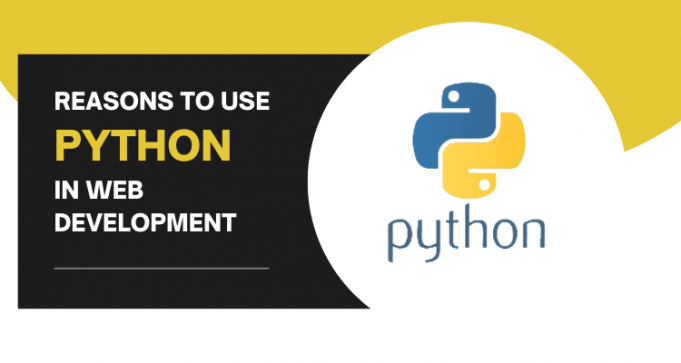Last Updated on December 9, 2022 by Hammad Hassan
Python is a high-level, interpreted language. It was developed by Guido Van Rossum in 1991 and has become the most popular scripting language for web applications.
Let’s discuss the use of Python in web development in detail.
Python is a High-Level Language.
Python is a general-purpose programming language with multi-standard features, supporting object-oriented, crucial and functional styles. It supports many data types, including complex numbers, strings which are Unicode characters and collections (vectors) of objects. A collection can be an ordered or unordered set; it may contain duplicate elements and unique ones; it can have negative indices or non-existent items at all; it may support null values for missing entries, etc. Many companies hire python programmer from third party outsourcing organisation that helps them to same there time and efforts.
Python is Super Easy to Understand.
Python is a high-level programming language, which means it is easy to learn. It uses fewer bytes than other languages, so your code will run faster on the web. As with any programming language, you can use it for Web development or any other purpose where speed and flexibility are important aspects in your project. In addition, Python has some unique features such as multiple inheritance and duck typing that make it even more convenient for creating applications in general (and web apps specifically). These features let you build complex systems without worrying about the details of memory management or concurrency issues within your codebase—they’ll take care of those things automatically!
Python Looks Like Pseudo-Code.
Python is a high-level language that looks like pseudo-code. This makes it easy to learn, and it has its own libraries for different purposes. For example, the Django web framework is built on top of Python and is used widely in web development today. Another benefit of using a dynamic language like Python is that it allows for interactive testing during the development stage — something that’s hard to do with static languages like C# or Java (although some tools are available).
Python Has Its Own Libraries For Different Purposes.
Python has its own libraries for different purposes. For instance, it has a lot of libraries that are used in AI and machine learning.
Python also offers many other features, such as:
The ability to work with text files and databases without having to install anything extra on your computer (like SQLite or PostgreSQL). This makes it easier for beginners who don’t know how databases work yet because they don’t need any extra software installed on their computers before they start working with them; instead, they just open up a text file containing all their information like an Excel spreadsheet would do along with maintaining the same level of security since no one else has access except those who created it originally!
Python Allows For Interactive Testing During the Development Stage.
The first reason is that it allows for interactive testing during the development stage. You can test your code as you write it without having to compile it first or run it on a server first.
In addition, since Python doesn’t require any compilation steps or running in a browser (although some developers still prefer using Pandoc), there are no restrictions on how much time and effort you can spend writing tests for your application or module.
Code in Python is Much Easier to Maintain
Python is a high-level language, meaning it’s easy to write code. You don’t need to be a professional developer to use Python; you can learn how to program with it through books or online courses.
The syntax of Python looks like pseudo code because it utilizes indentation instead of whitespace characters like spaces or tabs. This makes the code easier to read and understand than in other languages such as C++, Java or JavaScript, requiring more typing by the programmer before they can begin writing their programs.
Extensive Libraries
There are many libraries available for different purposes, including database access (SQLite), web servers (MySQL), network protocols (HTTP), and database connectivity (ODBC), among others; all these libraries come preinstalled with most distributions, so there’s no need for extra packages unless requested explicitly by developers during development stages.”
Python comes bundled with libraries for different purposes, including network programming, database management and web development. This makes it easy to integrate your existing projects or create new ones from scratch!
Interactive Testing During the Development Stages
Rather than having everything compiled first and then tested afterwards by clicking around until everything works flawlessly, we don’t waste time doing things twice when using tools like Selenium WebDriver, which provides automated browser testing capabilities built into its core functionality.
Conclusion
We hope you love reading this blog post and found it helpful in deciding which programming language to use. If you have any queries or comments, please feel free to reach out! We would love to hear from our readers and answer any questions they might have about Python development.












